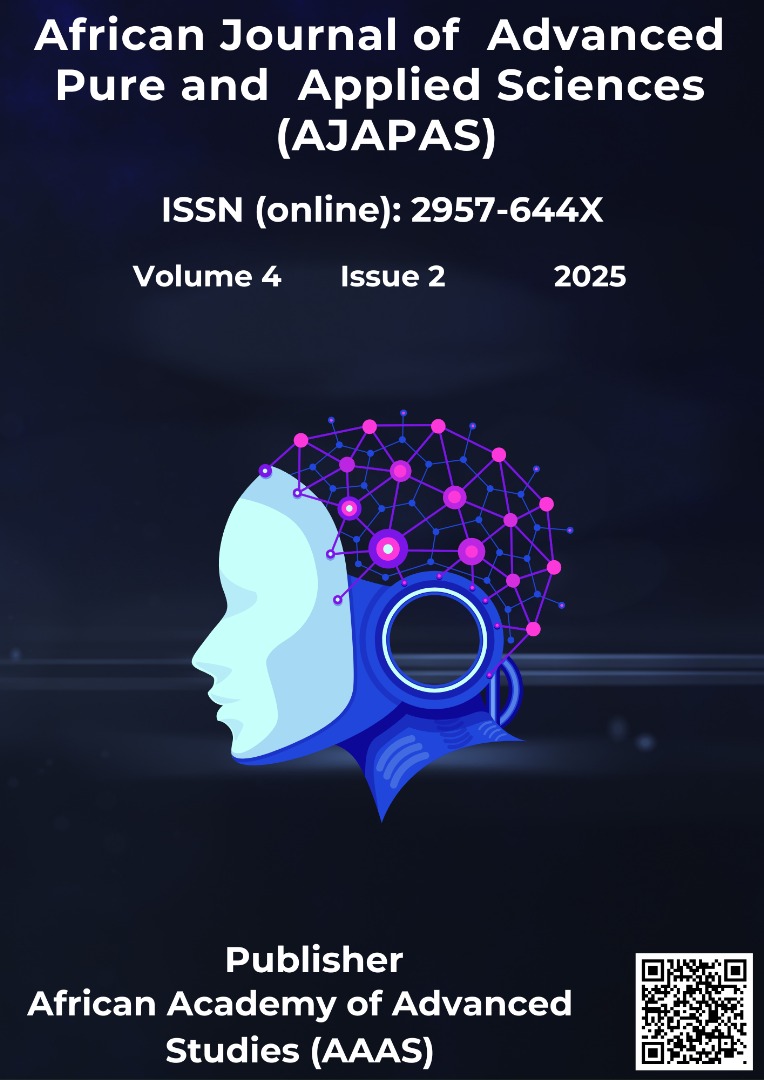A study of the relationship between transformational leadership and time management efficiency. Analysis from Libyan construction companies
Keywords:
Transformational Leadership, Project Management Efficiency, Libyan Construction Sector, time management.Abstract
Transformational leadership is essential to the effectiveness of construction projects in Libya, as it improves time management in challenging political and economic circumstances. Hence, this study aims to explore how time management and other relevant aspects of building projects in Libya are affected by transformational leadership styles. To accomplish this objective, this research employed a quantitative method, gathering information from managers and industry experts in Libya's construction industry utilizing a structured questionnaire. This survey analyzed 260 questionnaires. The data evaluation indicated that transformational leadership styles have a positive and significant influence on project management efficiency and time management in Libya's building industry. The outcomes illustrate the crucial relevance of implementing transformational leadership approaches that would enhance the overall success of the project and drive success in the dynamic Libyan construction sector.





